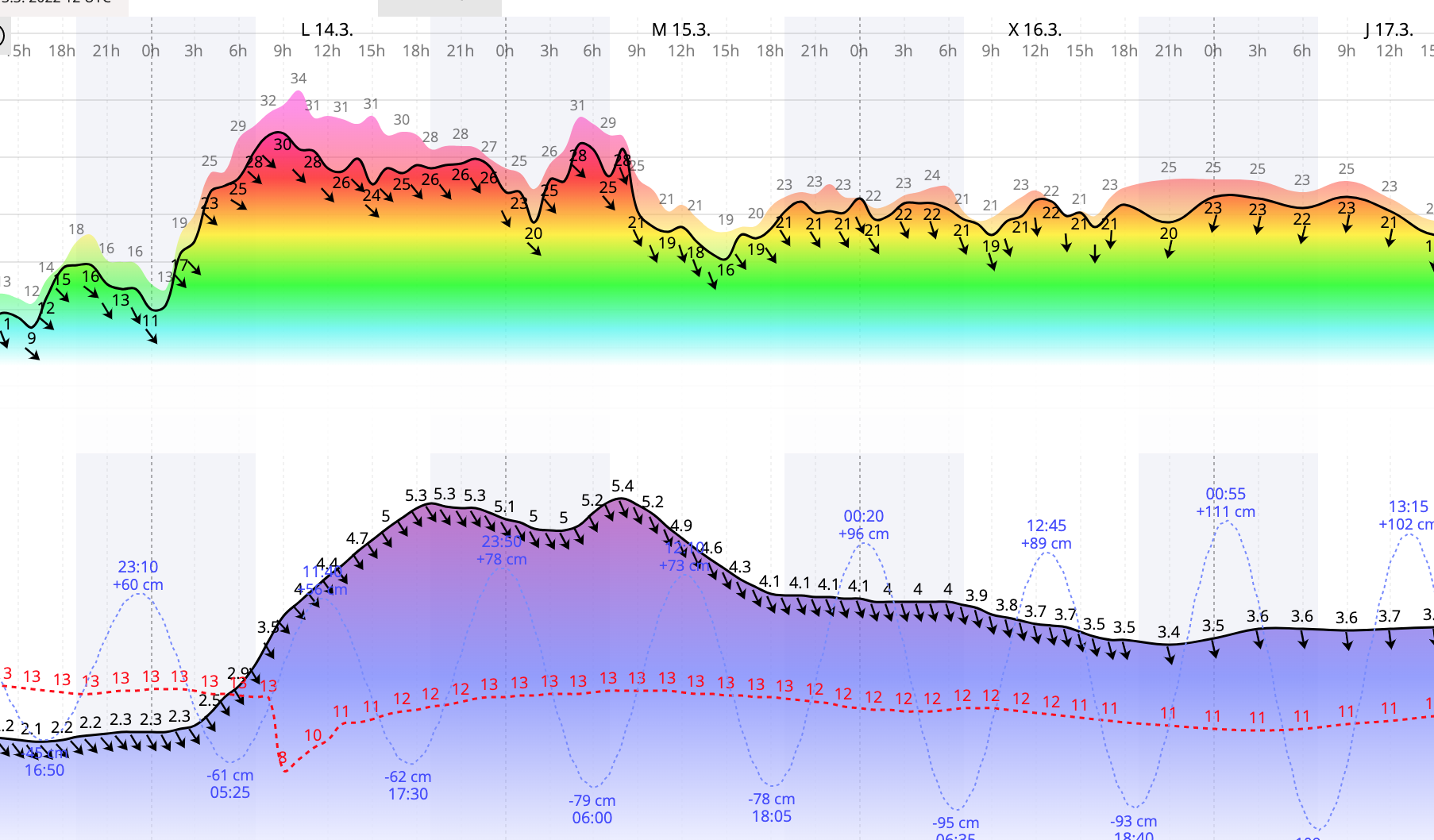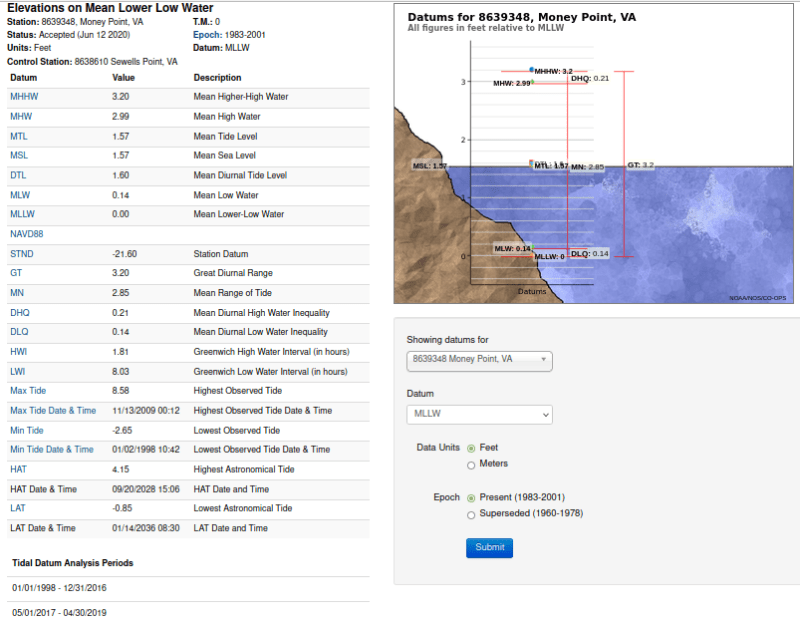Da CnS Engr
Civil/Environmental
Hi everyone,
Does anyone know the difference between Highest Tide Level & Highest Flood Level?
I've tried to find information regarding this but to no avail..
Does anyone know the difference between Highest Tide Level & Highest Flood Level?
I've tried to find information regarding this but to no avail..


